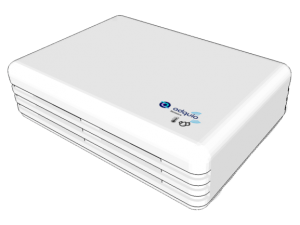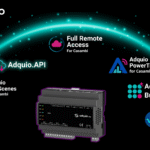
Today we present our first probe with Lora technology, Adquio Lora Sensors. Lora is a radio data transmission technology, economical and simple to implement.
In Adquio, we bet on the design of these probes for a series of advantages that we present below:
Advantages of Adquio LoRa Sensors
- Easy to install.
- We use standard 18650 rechargeable ion batteries.
- Possibility of using 2 batteries to achieve double life or to change the battery without stopping working.
- Compact housing.
- Up to 8 years of battery life.
- Low frequencies and wide range.
How to configure Adquio LoRa Sensors

Let’s now see how Adquio LoRa Sensors are configured and installed:
- We remove the lid (on the product page, you can see how to do it).
- Strain the battery (s), respecting the polarity of these at all times.
- Next to BIND, two vertical pins are displayed, in one of them a plastic jumper is inserted.
- Next to it, there is a small link confirmation LED off.
How do we link the Adquio Lora Gateway receiver?
-
- Place the jumper joining the two pins. You will be able to put the probe in link mode with the receiver.
- When you place the jumper, the confirmation LED will light up. This step may take up to approximately 1 minute, since the probe will initially be in sleep mode. After one minute, it will flash once, indicating that it has sent the pairing message.
- Wait for it to blink 4 times in a row. This means that it has been paired successfully.
- Remove the jumper.
- Check your receiver’s variables in Adquio to verify that everything is working correctly. The probe should have its address and be sending the data.
You can repeat this process and connect up to 30 probes to each Adquio LoRa Gateway receiver.
If you want to disconnect a probe, you only have to leave the node number variable free from the receiver. In this way, the address is recycled when a new probe is requested to be joined.
In addition, the antenna included in the probes is directional, therefore, you can improve the coverage by changing its position. We have models with frequencies adapted to all regions of the world.





